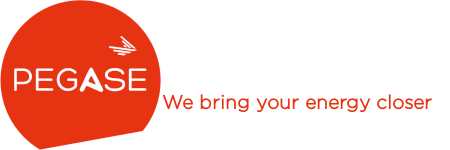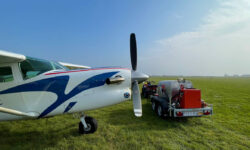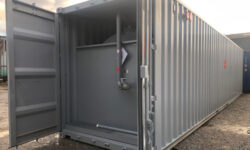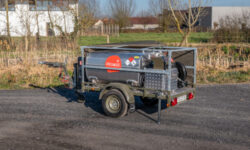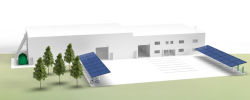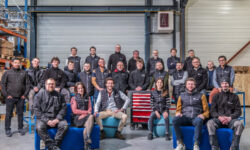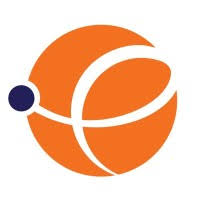How to achieve efficient distribution and filtration for your aviation fuel?
Understanding the standards for safe refueling
In the aviation sector, fuel quality is not just a technical criterion: it represents a major safety issue. Contaminated or improperly stored fuel can lead to critical incidents. This is why strict standards govern its handling, storage, and distribution worldwide.
Among these standards, those developed by the Energy Institute (EI) in the United Kingdom are widely used in the industry. Although not legally mandatory, they serve as a technical reference in the fields of commercial, military, and general aviation. They ensure the safety, reliability, and quality of fuels such as Jet A-1 or AVGAS 100LL / UL91.
The Main Families of Standards Applicable to Aviation Fuel
There are several types of standards in the aviation fuel supply chain:
Filtration standards, to ensure fuel purity.
Transfer equipment standards, such as hoses, fittings, or couplers.
European and international standards (NF EN, ISO), which can be applied in addition to or replace EI standards depending on the facilities and national regulations.
Aviation Fuel Filtration: A Critical Step – EI1581 – EI1587 Standard
Before being injected into an aircraft’s fuel tanks, the fuel undergoes several filtration stages designed to remove water, impurities, and particles. Several EI standards apply to this:
- EI 1581 – The Standard for Two-Stage Filtration Systems
This standard defines the technical requirements for filtration systems designed to separate water and solid particles from aviation fuel. It is based on two successive filter elements:
- The coalescer: it gathers micro-droplets of water and retains solid particles.
- The separator: it prevents water from passing through, allowing only fuel to pass through.
These filters are particularly used in refueling trucks and fixed installations.
- EI 1587 – The standard for single-element filters
Inspired by EI 1581, the EI 1587 standard applies to so-called “single-element” filters, i.e., a single cartridge integrating both coalescence and separation functions.
This compact system facilitates maintenance while maintaining a high level of performance.
These filters are installed in particular on our aviation fuel storage tanks and transport trailers.
Standards for Fuel Transfer Equipment – Standard EI1529 – EI1584
In addition to filtration, the equipment used to transfer fuel (from storage to the aircraft) must meet stringent requirements to prevent leakage, contamination, or failure. The main applicable standards are:
- EI 1529 – Hoses and Fittings
This standard defines the design, strength, and safety criteria for hose and fittings used in the transfer of aviation fuel. It guarantees, in particular:
- Resistance to high operating pressures.
- Compatibility with aviation fuels.
- Robustness in outdoor environments.
- EI 1584 – Refueling Couplers
This standard governs quick-connection systems (called “couplers”) between fuel distribution equipment and aircraft. It ensures a watertight, reliable, and secure connection, essential for preventing the risks of fire, leakage, or pollution.
European and international standards: ISO, NF EN, etc.
In addition to the EI standards, other standards are also recognized in Europe and France:
ISO standards (International Organization for Standardization).
NF EN standards, derived from European and French standardization.
These standards may, in certain cases, be legally mandatory, particularly when they are incorporated into regulations or imposed by local authorities (DGAC, armed forces, airport operators, etc.).
Why are these standards essential?
Safety: Pure fuel, free of water and contaminationnants, drastically reduces the risk of engine incidents.
Reliability: Standardized equipment ensures consistent performance and limits technical failures.
Compliance: Compliance with standards ensures compatibility with the requirements of airlines, insurers, and authorities.
Aviation fuel distribution relies on a dense regulatory framework, constantly evolving to adapt to the safety and innovation challenges of the aviation sector. Whether for filtration, transfer equipment, or compliance with European standards, mastering these standards is essential to guarantee a compliant, efficient, and safe refueling service.
Would you like more details on what your facility requires?
Contact our team of Pegase experts for your regulatory support
